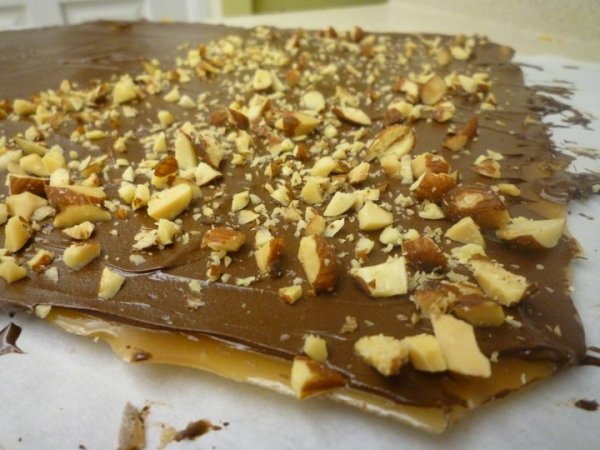This is one of those yoga teacher phrases I used to internally roll my eyes at when I was first practicing yoga. If you started practicing after prolonged joint damage, have low back pain, tight hips, sciatica, or sore knees, you know exactly what I’m talking about.
It seems like a lot of folks just fold one leg in front of the other and sit, doesn’t it? Yoga’s second most famous cross-legged seated position (aside from the controversial lotus pose) is sukhasana, which is often translated as “easy seat.” When I learned that during teacher training I gave a sarcastic laugh and mentioned that sitting cross-legged was just about the least comfortable way I could think to sit.
One ankle always fell asleep, I felt like I was rounding in my lower back, my knees were practically up to my chest, and eventually that feeling in the lower back transformed into a dull ache that lasted for hours.
Like many asanas, I assumed that finding ease in this posture was about patience. Just as a childhood full of swimming butterfly had given me a strong back and shoulders, it had also created solid muscles in my hips. And I was not the most intelligent athlete as a younger person. I focused my efforts on strength and endurance with little care about flexibility. So I built those solid, strong muscles, but never allowed them to be pliable. Asking them to simply release, relax, and lengthen right away wasn’t going to happen.
So how could I find a comfortable seat? Even though we almost always meditated after asana practice when the muscles were warmer, it still felt plain uncomfortable every time. It was frustrating because I tried so hard to shut out the fiery soreness that radiated almost like sciatica down my leg that I lost the plot entirely.
Did you ever try sitting on a block?
Wait, I can do that?
I don’t know why this was such a revelation to me. We encourage students to use props in order to help the body align properly in all sorts of asanas. For some reason, I always thought that doing so for meditation meant that I lacked discipline of a sort.
Finding a quiet place within is challenging in a cacophonous world, so why make it any harder than it needs to be? Why not support yourself? And by support yourself, I mean in the literal and figurative sense. Be kind to yourself and be okay with the idea that sitting cross-legged on the floor is not an easy, comfortable seat for you.
Then take one that is! Imagine how much more you could go inside if you weren’t thinking about your foot falling asleep or sore hips? Imagine what deeper places you could explore if you took the time to eliminate a distraction that doesn’t need to be there?
It’s not a compromise, it’s accommodating your body with compassion.
The world lost one of yoga’s great lights this week. B.K.S Iyengar is the man credited with bringing yoga to the western world. The Iyengar yoga lineage is highly focused on proper alignment in order to facilitate a more profound, deep experience in yoga practice. Mr. Iyengar refined the use of props in yoga in order to make poses accessible to students. Props can open up practice to individuals with physical limitations, support practitioners to work in a safe range of motion, highlight a particular quality in a posture, and/or allow students to balance the effort and surrender in each pose.
Simply putting a block under me raised my hips enough that my knees could relax down and away from my body. With knees no longer above my hips and pulling on my lower back, the roundness dissipated and the pain down the back of my leg disappeared. My outer hip flexors sometimes get sore since my knees don’t touch the ground, and in those instances I also like to support them on the outside of the knees with blocks or bolsters.
Oh, and then I met the amazing Marianne Meyers who showed me this ultra-deluxe version with two blocks and a blanket. It’s like the royal throne of sukhasana. Seriously, try it. (And then go take one of Marianne’s therapeutic yoga classes and learn all of the ways to really be supported. Taking therapeutic yoga is one of the best things a practitioner of any level can do to learn about healthy movement.)
You don’t need anything special. A thick phone book, the afghan on the chair, even the cushions from the couch can be a prop.
The next time someone tells you to find a comfortable seat, take them seriously. Let it be a balance of ease and effort so that you can be open to receive the benefits of your practice.









Leave a comment